Happiness has been declining precipitously in the West for 30 years, despite better access to healthcare and education and decreases in poverty and violence. Groundbreaking Stanford psychiatrist and author of Dopamine Nation, Anna Lembke, provides a fresh perspective on why anxiety, chronic pain and depression have been on the rise, locating the problem in a mismatch between the modern world and our brain’s pain and pleasure apparatus.
As a practicing psychiatrist in the heart of California’s Silicon Valley for more than two decades, I’ve seen growing numbers of patients struggling with depression, anxiety, and chronic pain, despite otherwise good health, loving families, robust social networks, financial privilege, and access to elite education … all the things we’ve come to associate with the ‘good life’.
My clinical experience broadly mirrors what is happening in the rest of the world. Global happiness surveys show that people today are less happy than they were 20 years ago. Rates of anxiety, depression, and chronic pain are increasing all over the planet but especially in rich nations.
How can we make sense of this?
Some argue that our despair is the result of a widening income gap. But the long view tells us that in fact the gap between rich and poor is smaller than it has been in centuries. Even the poorest of the poor living in rich nations today have more leisure time, more disposable income, and more access to luxury goods than at any point in recorded history. Some argue that trauma is the source of our suffering, but what kind of trauma are we talking about, beyond the trauma we create for ourselves? Can we honestly say that life today is more traumatic than it was thirty years ago?
___
Twenty years ago the first thing I would have done for a patient presenting with anxiety or depression was prescribe an antidepressant or recommend psychotherapy. Today I’m more likely to suggest a dopamine fast: Abstaining from our drug of choice for four weeks
___
I suggest to you that the primary cause of our unhappiness today is The Plenty Paradox. Abundance itself has become the source of our suffering. Wired for scarcity and a world of ever-present danger, the human brain is woefully mismatched for this world of dopamine overload, in which almost every human activity has become druggified in some way – made more reinforcing, more accessible, more potent, more novel, and nearly infinite in quantity. We also have drugs that didn’t exist before. Any child with access to the Internet can consume digital media, which lights up the same parts of our brains as drugs and alcohol. Tik Tok never runs out.
 SUGGESTED READING
Paul Bloom: The Pleasure of Suffering
By Paul Bloom
SUGGESTED READING
Paul Bloom: The Pleasure of Suffering
By Paul Bloom
To understand how too much of a good thing becomes a bad thing, we need to understand how our brains process pleasure and pain. One of the most important discoveries in the field of neuroscience in the past 75 years is that pleasure and pain are co-located. That means the same parts of the brain that process pleasure also process pain, and they work like opposite sides of a balance: When we feel pleasure the balance tips one way; when we feel pain it tips the other.







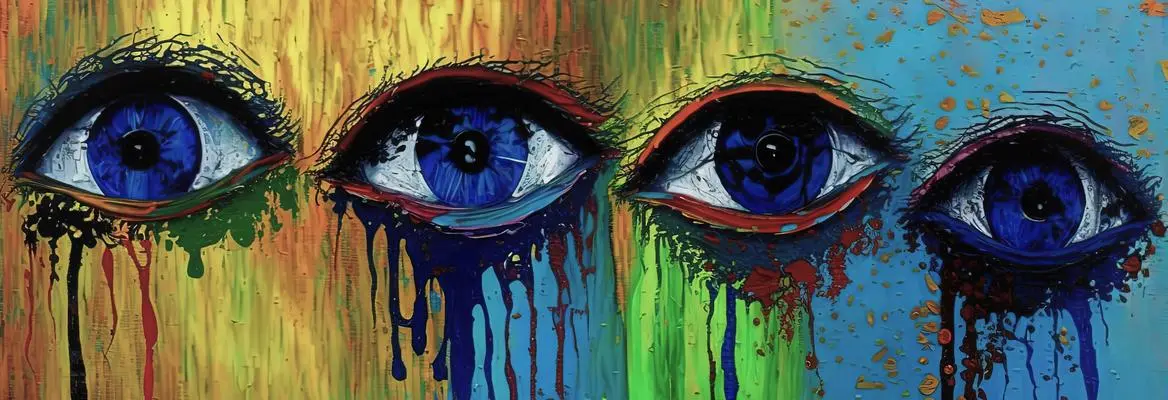


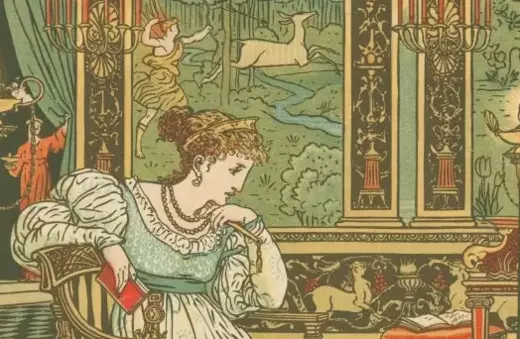


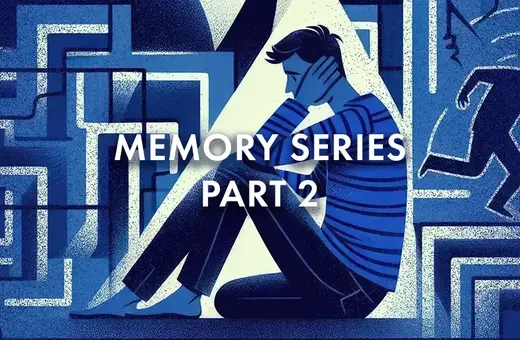
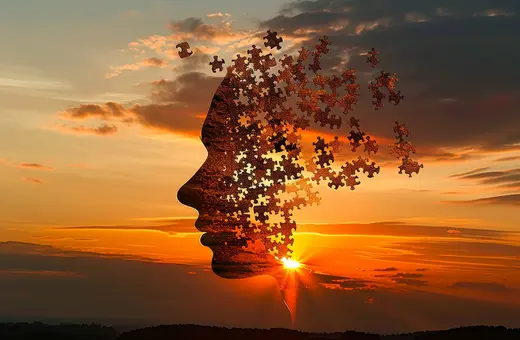
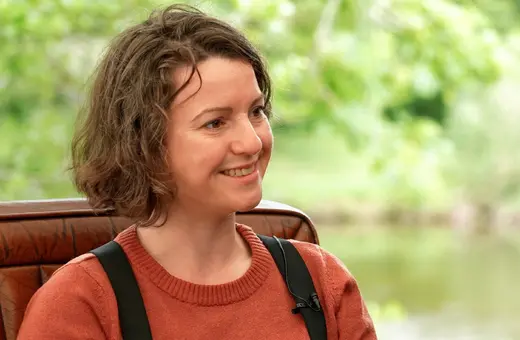
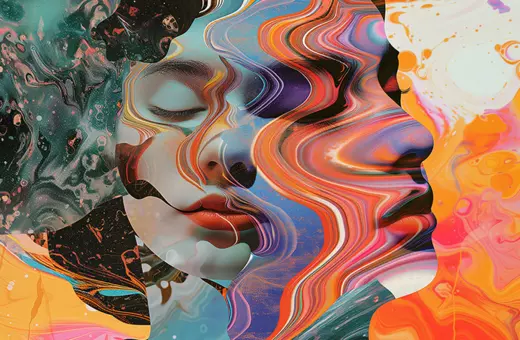
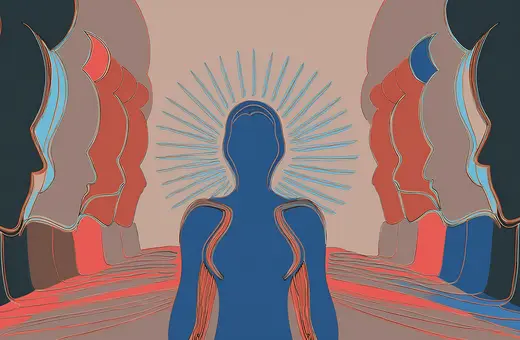
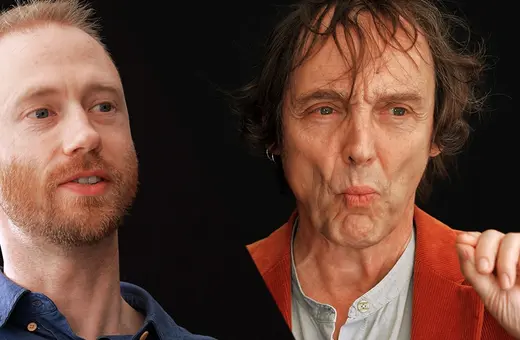

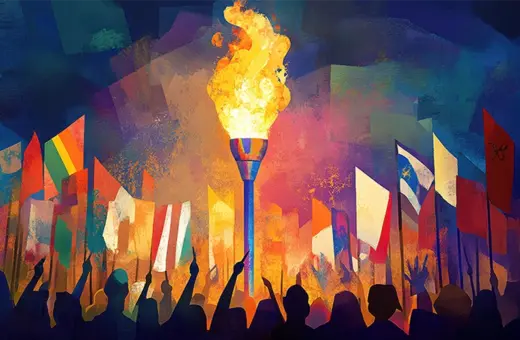
Join the conversation